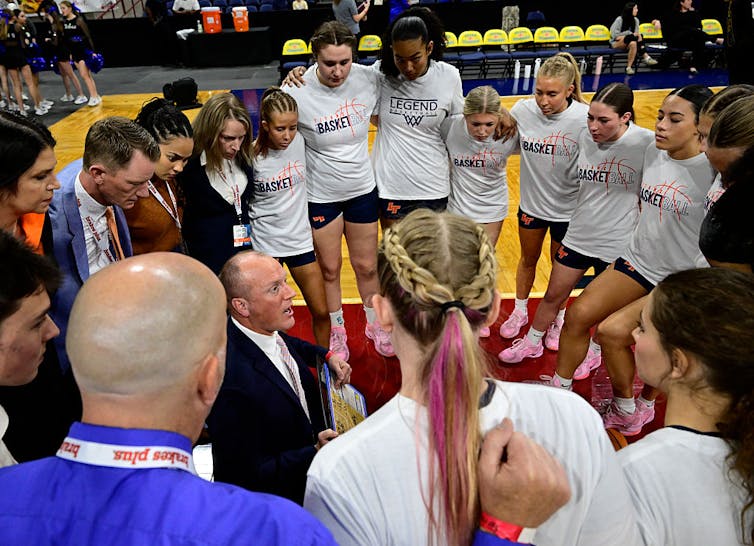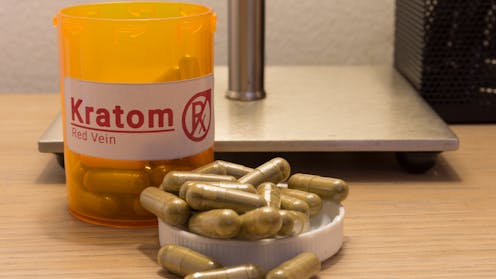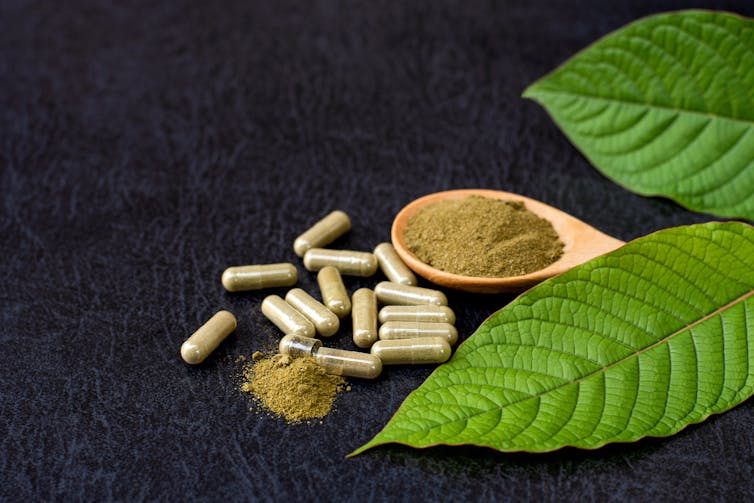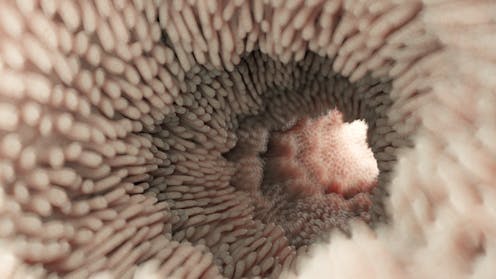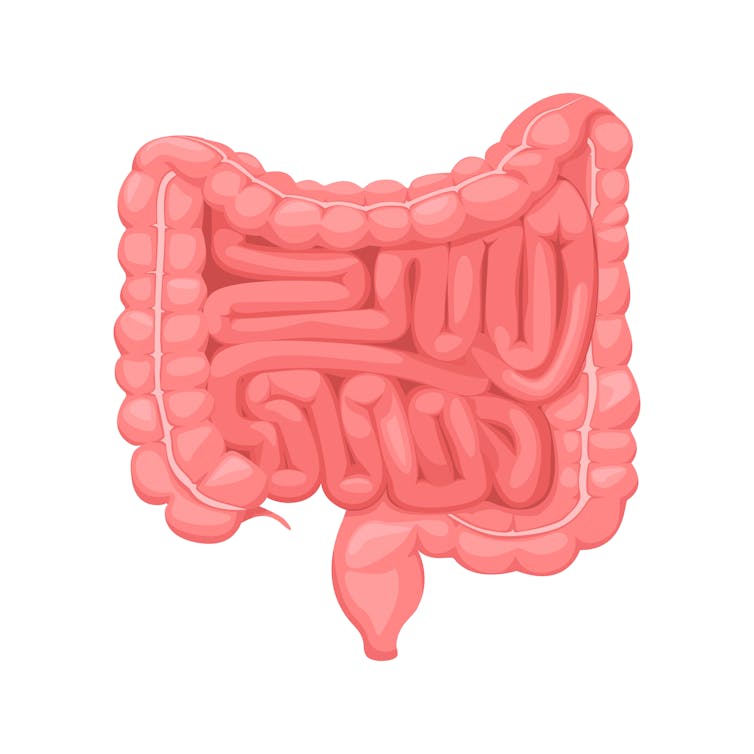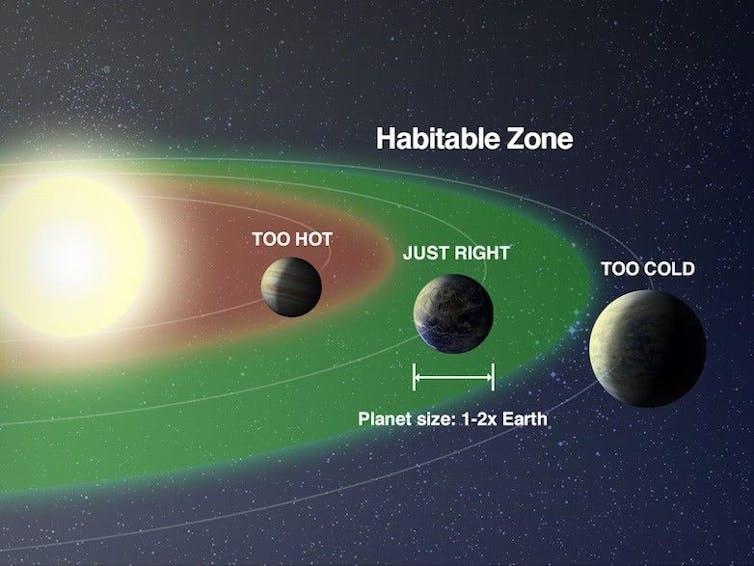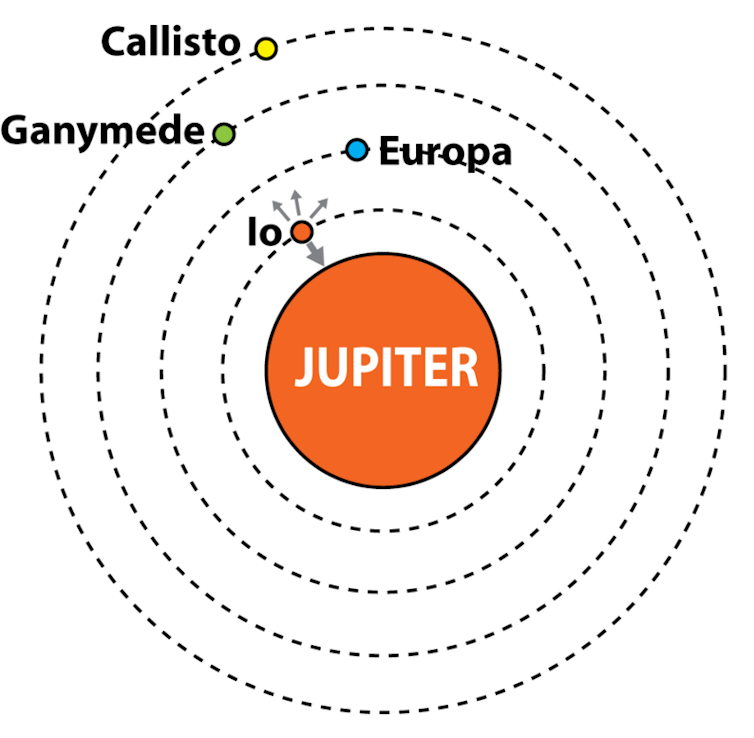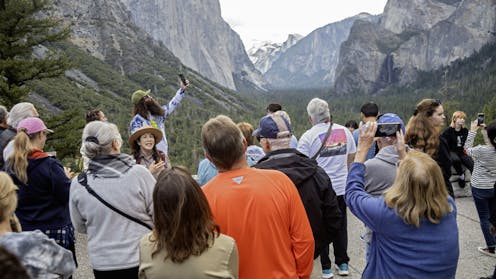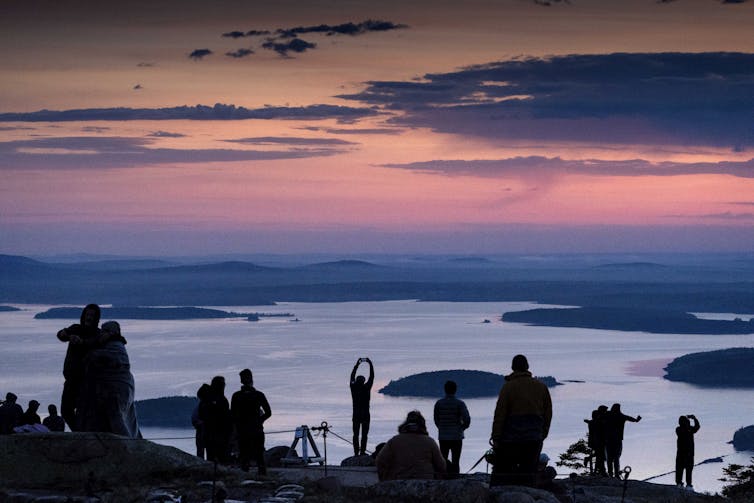Source: The Conversation – USA (2) – By Shari Edelson, Ph.D. Candidate in Recreation, Park and Tourism Management, Penn State
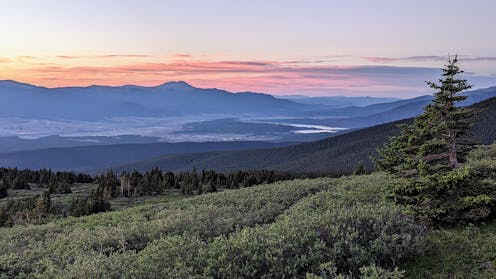
If you’re one of the 63 million Americans who went hiking last year, chances are you’ve found yourself needing to go, with no toilet in sight.
Aside from personal inconvenience, why is this such a big deal?
Human fecal contamination is a public health concern in natural areas. Pathogens in human poop can remain active for a long time – over a year in outdoor environments – meaning that waste left behind today can cause severe gastrointestinal disease and other sicknesses for future visitors. Fecal waste can enter waterways after storms or snowmelt, harming water quality. Finally, it can be upsetting – or at the least, unpleasant – to encounter someone else’s poop and used toilet paper in nature.
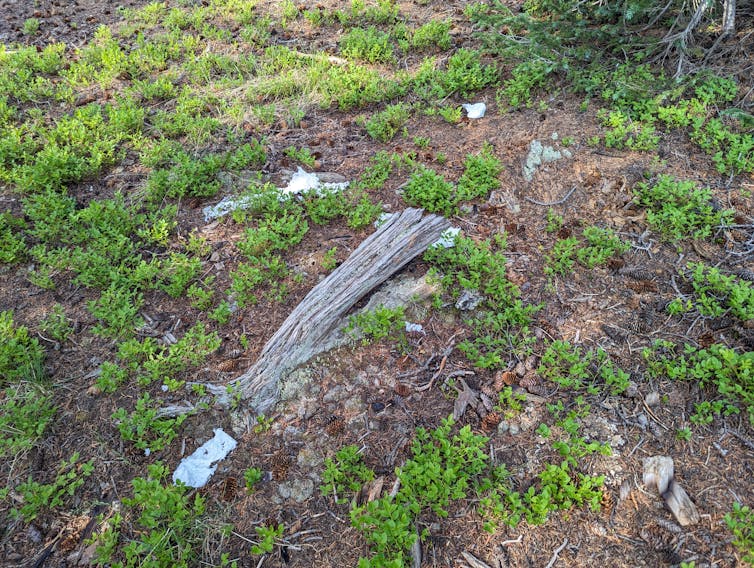
Shari Edelson, CC BY-ND
As a researcher and a Ph.D. candidate who study human impacts on parks and protected areas, we have been thinking quite a lot about poop and ways people can tread more lightly on the landscape. Our focus is on Leave No Trace, an environmental education framework – created by an organization with the same name – that helps people implement minimal-impact practices in the outdoors.
Poop is causing problems in parks and protected areas
From the Appalachian Trail and Mount Everest – known as Sagarmatha in Nepali – to national parks in Norway and Aotearoa – known as New Zealand to English speakers, researchers have documented the negative impacts our bodily wastes are causing in the sensitive environments where we seek recreation and restoration.
In Colorado, the problem has gotten so bad that land managers have decided to take action. In the Eagle-Holy Cross District of the White River National Forest, for example, the U.S. Forest Service now requires visitors to take their human waste out with them.
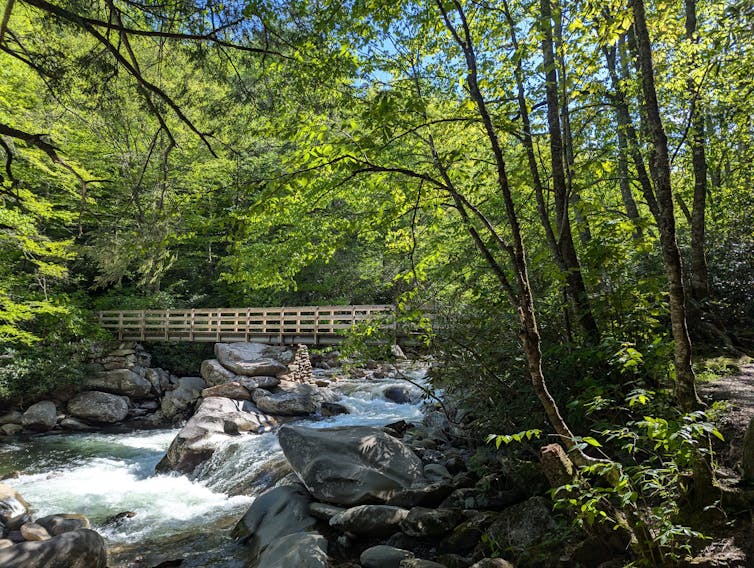
Shari Edelson, CC BY-ND
Best practices for dealing with your poo in the great outdoors
One of us – Derrick Taff – works as a science adviser to Leave No Trace, an organization that has educated outdoor recreationists on this issue for more than 30 years and has provided concrete guidance based on scientific research.
The first rule of thumb is to avoid the possibility of contamination entirely by not leaving waste in natural areas to begin with. Toilet facilities are regarded as the most effective method to reduce human waste in the backcountry. If there’s a toilet at the trailhead, use it before you head out.
Current research we’re doing in Grand Teton National Park in Wyoming and San Isabel National Forest in Colorado confirms that hikers prefer to use trailhead toilets when they’re available.
But as anyone who’s been out in the woods is aware, remote wilderness areas do not necessarily offer such infrastructure. Access for maintenance and waste removal costs are major barriers for land management agencies considering installing backcountry toilets.
And then there’s the very real likelihood that even when trailhead facilities do exist, you may be far away when nature calls. In our own research, pending publication, we surveyed hikers on Colorado’s Mount Elbert. Up to 70% of those needing to poop ended up doing so in the backcountry despite the presence of a trailhead toilet.
Issues develop because hikers aren’t prepared
This issue may persist because people aren’t aware of the current rules. In our soon-to-be-published study of Grand Teton hikers, 66% of backcountry trail visitors reported that they had not received any information on how to dispose of human waste in the park.

Shari Edelson, CC BY-ND
Other reasons why people may not follow the rules are because they may consider them onerous or unimportant.
Research shows that clear, actionable messaging including relevant environmental and moral appeals does make a difference in shifting people’s behaviors in the outdoors. Although individual choices may seem inconsequential, they add up to big impacts in the aggregate.
How to poop in the backcountry
So what to do when there really is no potty? Leave No Trace advises us of two main options.
The first is to dig a little pit, commonly called a cat hole, and deposit your poop in there. Can’t aim? No worries – Just poop next to the hole and scoop it in afterward.
The use of cat holes is recommended in areas where it’s possible to dig roughly the length of your hand deep in the soil, where moist ground indicates that material buried there will decompose, and where digging is not likely to disturb fragile environments. Make sure you’re about 70 steps away from any water source, trail or campsite to avoid water contamination and reduce the likelihood that someone else will accidentally come upon your waste.
You can typically leave toilet paper in a cat hole, but check local regulations and carry it out in a sealed bag if not. Never leave wet wipes behind. They don’t biodegrade.
Outdoor companies are now making lightweight trowels designed for digging cat holes in the backcountry. But there are also places where it’s difficult if not impossible to dig a cat hole because of snow, frozen ground, shallow soil or exposed bedrock, or where leaving human waste in the outdoors is not recommended due to environmental conditions. These typically include high-mountain zones above tree line, alpine environments inhabited by delicate and slow-growing flora, and deserts and other arid places characterized by low soil moisture.
In places like this, it’s best to remove all poop and toilet paper and dispose of it in a proper location such as a trash can at the trailhead or even back at your home. Before you recoil in horror, remember that dog owners do this with their pets’ waste when on a walk.
Wag bags – short for waste aggregation and gelling – are used to pack out poop. Wag bag kits typically include an inner and an outer bag as well as a drying agent to prevent odor and leakage. Our current research, as well as a recent study of Norwegian park users, has demonstrated that people are willing to use them.
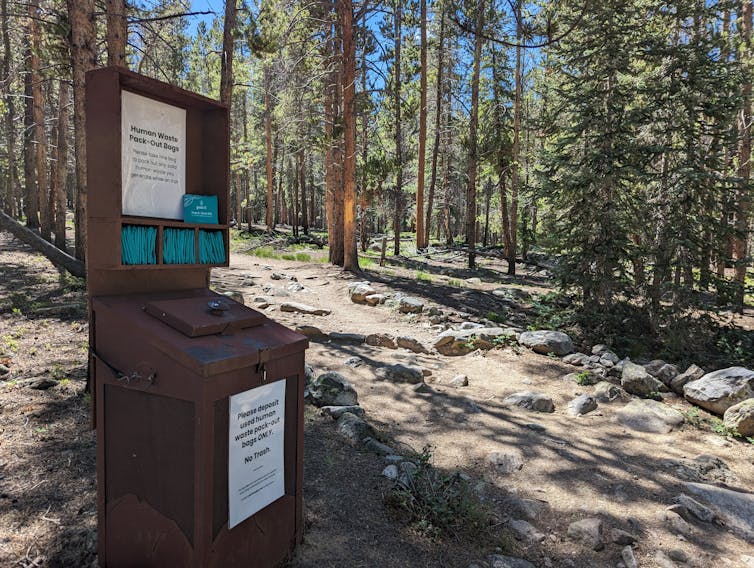
Shari Edelson, CC BY-ND
Our study found that among people who defecated while on a hike to the summit of Mount Elbert, 30% used a wag bag to carry their waste off the mountain, and 87% expressed willingness to use one on future trips.
These results suggest that people are willing to do the right thing when given the proper tools and information, and that it’s possible to effectively teach people how to care for our wild spaces.
![]()
Shari Edelson has received research funding from the National Park Service, the National Science Foundation and PACT Outdoors.
B. Derrick Taff is an Assistant Dean of Research and Graduate Education in the College of Health and Human Development, and an Associate Professor in the Department of Recreation, Park and Tourism Management at Penn State University; he also serves as the Leave No Trace organization’s science advisor. Derrick is the Suzie and Allen Martin Professor through Penn State University.
– ref. How to poop outdoors in a way that won’t harm the environment and other hikers – https://theconversation.com/how-to-poop-outdoors-in-a-way-that-wont-harm-the-environment-and-other-hikers-262426


